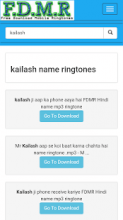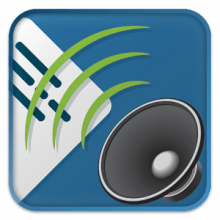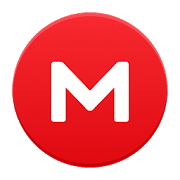Drive
Drive is an audio-racing game. In the game you are chosen to test a newly developed 'shuttle', which travels over land on a fixed track. The goal of the game is to try and reach the highest speed possible. This is done by picking up 'boosters' which are basically temporary gear-extensions. Boosters are spread along the track and you pick them up using the left cursorkey. Then you still have to activate them, using the right cursorkey. It might seem easy at first but as you gain speed, the boosters get harder to catch (due to your speed). The game lasts 3 minutes after which you are awarded points for picked up boosters and for the distance you travelled (measured by checkpoints). If you have an internet connection your score is checked with the Drive-website to see if you have a hi-score. If that is the case you are asked to type your name, which is then uploaded to the website.
Drive is completely based on sound and aims to exceed existing audio games through several ways (some of which were never used in an audio game before). First, there's Bob. Bob is your co-pilot and he's reacts to the way you handle your shuttle. If your doing bad he tries to persuade you to go faster. If you do, he will get very excited! There's also an easteregg concerning Bob but we leave that a secret for now! But it will give you alot of bonus points!
Then there's the adaptive music which reacts to the speed of the shuttle. When you are moving slowly the music is a little easy but if you accellerate, the composition will get rougher and louder. This way it amplifies the sensation of speed. The music will also develope in theme and rougness while the player moves further and further over the track.
During the game the player will hear a variety of doppler sounds passing his shuttle, like helicopters and sirens. The theory behind this is called 'force-focusing' which basically is intentionally breaking the concentration of a listener by adding new sounds to an exisiting soundscape.
The game uses high quality sounds and studio-recorded voice-actors.
It is important to know that Drive is not a full game but only a small demo. The aim of the game was to research games for the blind and to apply the results in a game, which should be fun to play at least twice. The main thought behind the project was that too many audio games tried to sonify the visual output of a game in order to make it accessible for blind gamers. Such translations often cause important features of the gameplay to disappear. Drive focuses on sonifying the essence of a game instead of the visual output. In this case, the essence of a racing game is not steering but the sense of speed (compare which one is more fun: steering but traveling with 5 mph or no steering but travelling with 700 mph). To really focus on the challenge of expressing speed using only sound, Drive leaves out steering completely (which was also due to the fact that Drive was developed (concept + production) in two months by just 3 students).
Extra time was also put into the design of the audiomenu, preceeding the actual game. It works on two levels, one for new users and one for regular users. The new user will go through the menu listening slowly at each spoken option, while regular users can browse through the menu listening to short beep-sounds which vary in pitch and are placed just before the spoken option.
Download:
- 3555 reads






